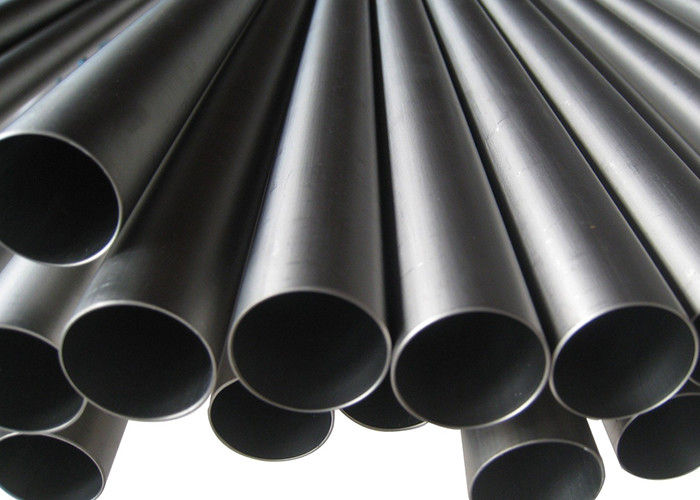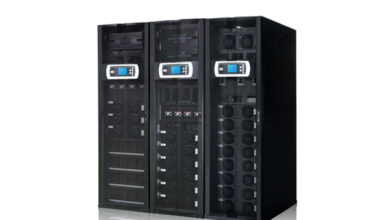Tube and Hollow Metal Bars: What Makes One Different from the Other

If you are in the market for metal bars, you need to understand the difference between tube and hollow bars. This way, you will be able to pick the option that suits your specific application.
There are a lot of structural applications metal tubes and hollow bars are used for. These metal products provide a cost benefit to solid metal bar stock while weighing less than a solid bar of the same sizes and materials. Although tube and hollow bars can have the same shape, they have significant differences. Whether you need tube or hollow bars made out of steel Houston or other metals, read on to learn more about these options:
How they are Manufactured
To manufacturer tube bars, slit coils of base metal are taken and run through a tube mill. After being formed into the desired shape, the bars’ edges are joined together with a weld. Depending on the kind of material, thickness, and preference, the welding process varies. Typically, high-frequency welding is used. The newly jointed tubing will undergo an annealing process so the final product will be homogeneous.
Meanwhile, making hollow bars does not involve welding. They are made using processes such as drilling and centrifugal casting. During the drilling process, a drill is sent through the solid bar stock of material to produce highly accurate part dimensions that can be necessary for vital applications. Centrifugal casting involves rotating a round mold at high speeds as molten metal is poured into the mold. Spinning the round mold creates a force which pushes the molten material to the inside mold wall to cool and harden. Hollow bars made using the centrifugal casting method are dense and uniform.

Product Quality
Hollow bars posses tight dimensional tolerances and can be very homogeneous. But, it can be difficult to achieve tight dimensional tolerance with tube bars. Also, manufacturers must take special care during the welding process to avoid making a lower-quality product than desired. They need to take away the excess weld metal to avoid stress concentrators in the final tubing. The welding process can make various crystalline structures near the weld zone that could impact the tubing’s desired mechanical properties.
Materials
There are different kinds of materials that can be formed into welded tubing. For materials that conduct electricity, electric resistance welding must be used for welding the material into itself to make tubing. Also, hollow bars can be made out of most materials. But, it can be challenging to extrude harder and stronger materials so it could be best to use the piercing method.



